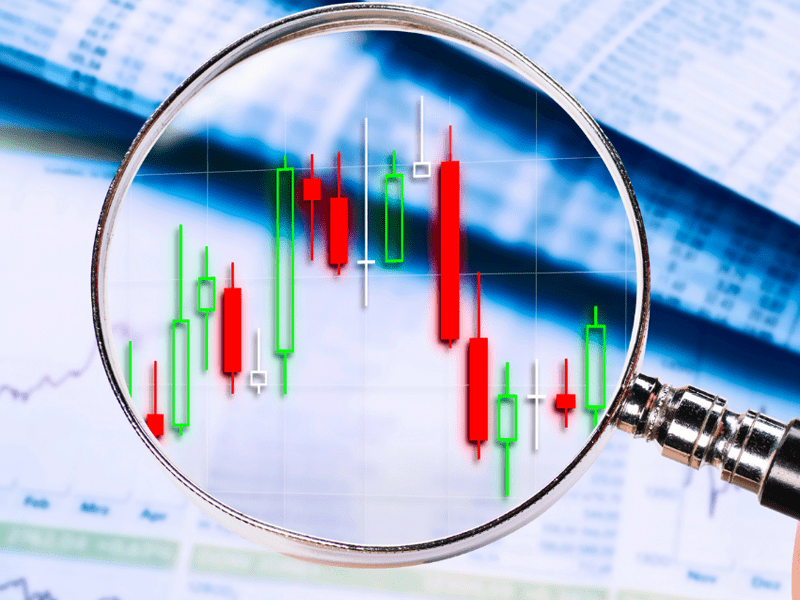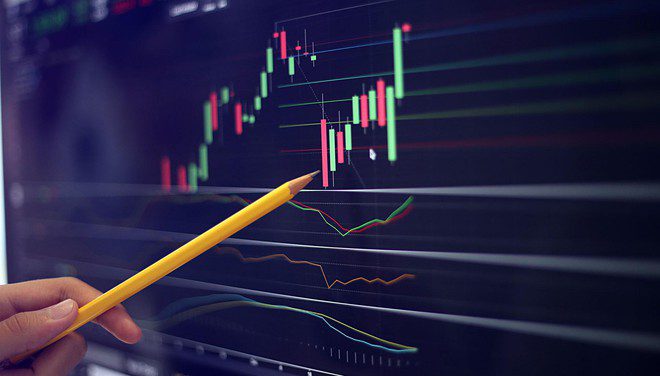In the dynamic world of forex trading, understanding the movement of currencies is paramount for success. Technical Analysis: A Comprehensive Guide introduces traders to a powerful method that uses historical market data to forecast future trends. This approach is invaluable for identifying profitable trading opportunities and optimizing order accuracy.
What is Technical Analysis?
Technical analysis stands as a cornerstone method for predicting market movements. It dives deep into past price actions and trading volumes to unveil potential future trends. By meticulously analyzing charts and employing various indicators, traders can gauge supply and demand shifts, deciphering the market’s current direction and predicting upcoming changes. This method empowers traders to make informed decisions on when to buy or sell.
Originating in Japan in the 18th century with Charles Dow’s Dow Theory, technical analysis has evolved significantly. Dow posited that asset prices and market movements follow identifiable trends. His pioneering work laid the foundation for modern technical analysis, now a staple not just in stock markets but also in forex and cryptocurrency markets.


Key Principles of Technical Analysis
Technical analysis in forex trading is grounded in several core principles that guide traders through the intricacies of market behavior. Understanding these principles is essential for applying technical analysis effectively.
1. Market Action Discounts Everything
This principle posits that all current market prices reflect all available information, including future market movements. Therefore, technical analysts focus on price movements rather than external factors such as economic, political, or psychological events. The assumption is that price action incorporates all known information and represents the collective sentiment of the market participants.
2. Prices Move in Trends
Technical analysis is based on the belief that prices move in identifiable trends over time, and these trends are likely to continue. Trends can be upward (bullish), downward (bearish), or sideways (range-bound), and understanding these trends allows traders to make more informed decisions. Identifying a trend early on can be a significant advantage, as it enables traders to trade with the trend rather than against it.
3. History Tends to Repeat Itself
Market psychology plays a crucial role in technical analysis, with the theory suggesting that market participants often react similarly to recurring market events. This repetitive behavior is driven by human emotions such as fear, greed, and hope, which tend to manifest in recognizable patterns in price charts. Technical analysts study these patterns, known as chart patterns, to predict future price movements based on historical trends.
4. Support and Resistance Levels are Key
Support and resistance levels are foundational concepts in technical analysis, representing the price levels at which a currency pair is likely to stop and possibly reverse direction. Support levels are typically seen as a ‘floor’ where price struggles to fall below, while resistance levels act as a ‘ceiling’ that prices find difficult to break through. Identifying these levels can help traders determine entry and exit points.
5. Volume Confirms the Trend
Volume, the number of shares or contracts traded in a security or an entire market during a given period, is a significant indicator in technical analysis. High volume usually indicates a high level of interest in a currency pair, and when combined with price movements, it can confirm the strength or weakness of a trend. For example, an upward price movement on high volume is seen as stronger and more likely to continue than a movement on low volume.
6. Indicators and Oscillators
Technical analysts use a variety of indicators and oscillators to help interpret market data and identify trends. Indicators such as Moving Averages, MACD (Moving Average Convergence Divergence), and RSI (Relative Strength Index) provide insights into market momentum, trend direction, and potential reversal points. These tools are used to supplement the analysis provided by price movements and patterns.
Incorporating these principles into your forex trading strategy can significantly enhance your ability to forecast future market movements. By diligently applying technical analysis, traders can identify high-probability trading opportunities, manage risk, and increase their chances of success in the competitive world of forex trading.


Advantages of Employing Technical Analysis
- Versatility: Applicable across different assets and time frames, it suits various trading strategies from scalping to swing trading.
- A Rich Toolbox: With a plethora of indicators and tools available on platforms like MT4, MT5, and TradingView, traders can find optimal entry and exit points.
- Accuracy in Predictions: It enables traders to make more precise predictions, increasing profits and reducing risks.
Understanding the Limitations
Despite its advantages, technical analysis is not infallible. It can produce false signals in atypical market conditions and requires a substantial knowledge base to be used effectively. It is primarily suited for short-term predictions, and traders looking at long-term trends must also consider broader economic and political factors.
Navigating the Forex Market with Technical Analysis
Technical analysis is an essential tool for any forex trader’s arsenal, offering a method to navigate the complexities of market trends. While it demands a deep understanding and experience to master, its benefits in crafting successful trading strategies are unmatched. As the forex market continues to evolve, so too does the sophistication of technical analysis tools and techniques, promising even greater insights and opportunities for traders willing to delve into its intricacies.
FAQs
Q: Is technical analysis only suitable for short-term trading? A: While particularly popular among day traders and scalpers due to its focus on short-term trends, technical analysis can also be applied for medium to long-term trading strategies.
Q: Can technical analysis be used alone for trading decisions? A: While technical analysis is powerful, combining it with fundamental analysis and other market analysis methods can provide a more comprehensive view of the market.
Q: How important is it to learn technical analysis for forex trading? A: Understanding technical analysis is crucial for any forex trader. It enhances market analysis skills, helps in identifying trading opportunities, and contributes to more informed trading decisions.
Q: Are there any resources to learn ? A: Numerous resources are available, including online courses, trading books, webinars, and forums. Practicing on demo accounts can also help in applying theoretical knowledge.
For my contact:
You should first send me a friend request on MQL5, this will make it easier for me to connect and best support you with technical issues: https://www.mql5.com/en/users/tuanthang
– Join our Telegram Channel for new updating: https://t.me/forexeatradingchannel
– Recommended ECN Broker for EA – Tickmill: https://bit.ly/AdvancedTickmill
– Recommended Cent/Micro Account Broker for EA – Roboforex: https://bit.ly/AdvancedRoboforex
– To use an EA you need a VPS. Recommended VPS for EA
– Chocoping: https://bit.ly/AdvancedVPS. When you open the account type in the discount code to get 10% off: THANGEA10
– If you want to ask me any question or join our private group chat for traders. Please contact me through Telegram: https://t.me/thangforex







